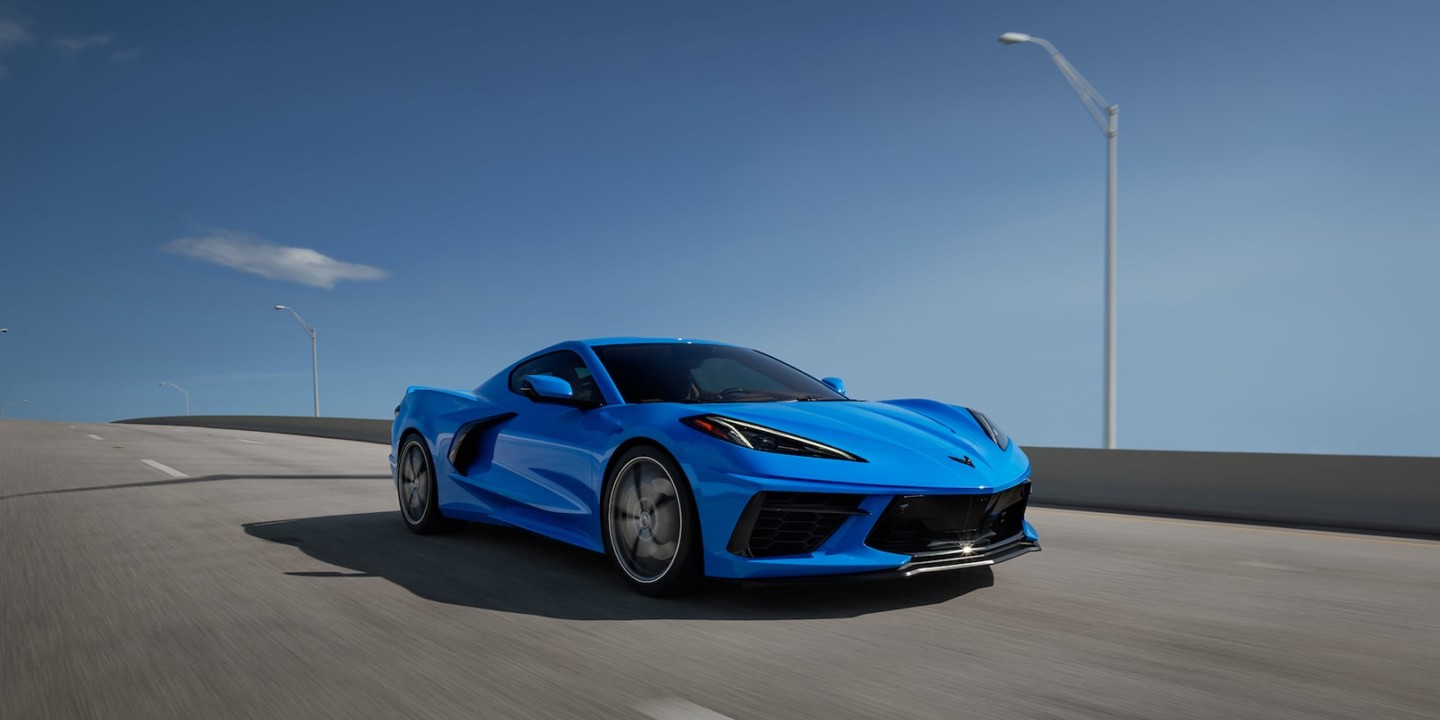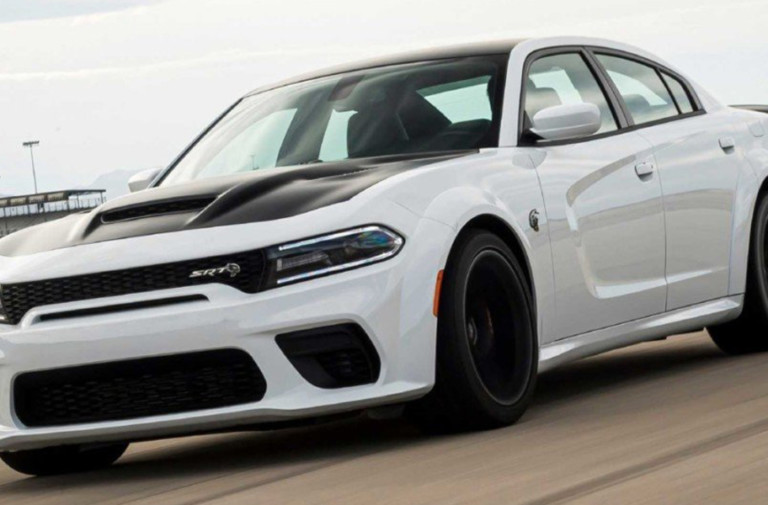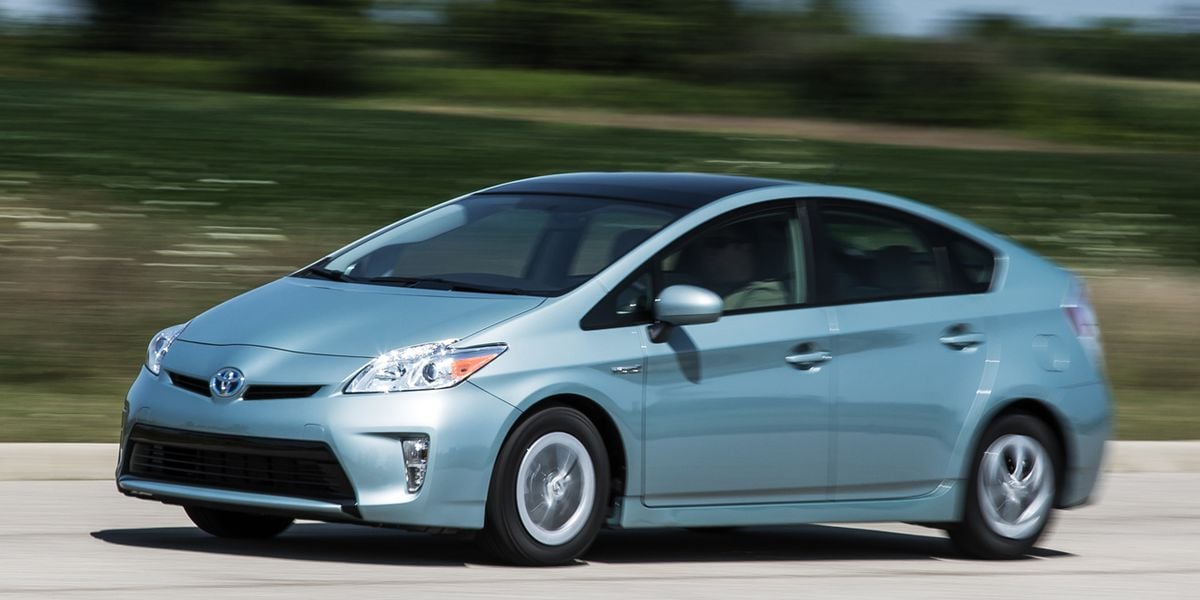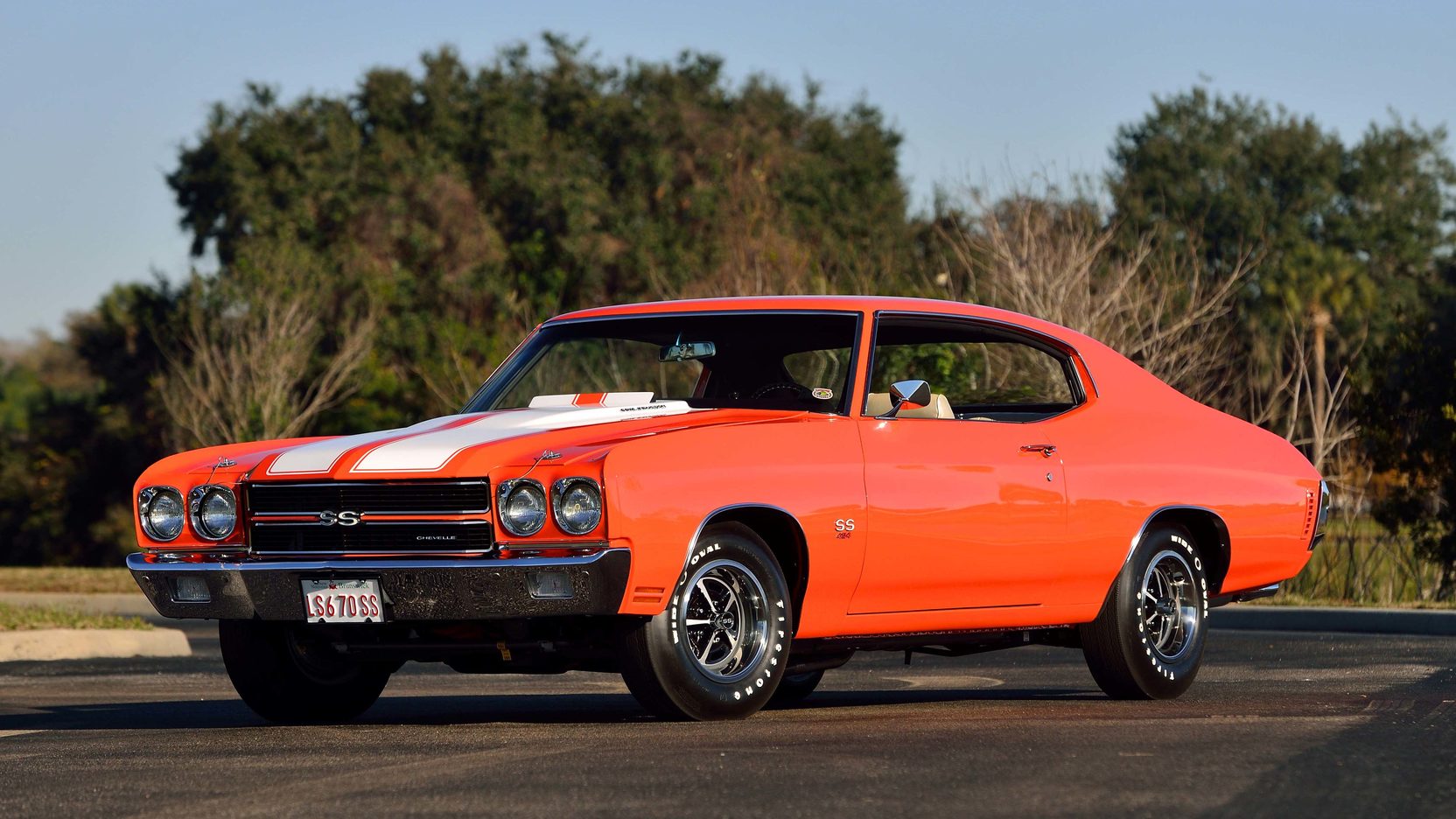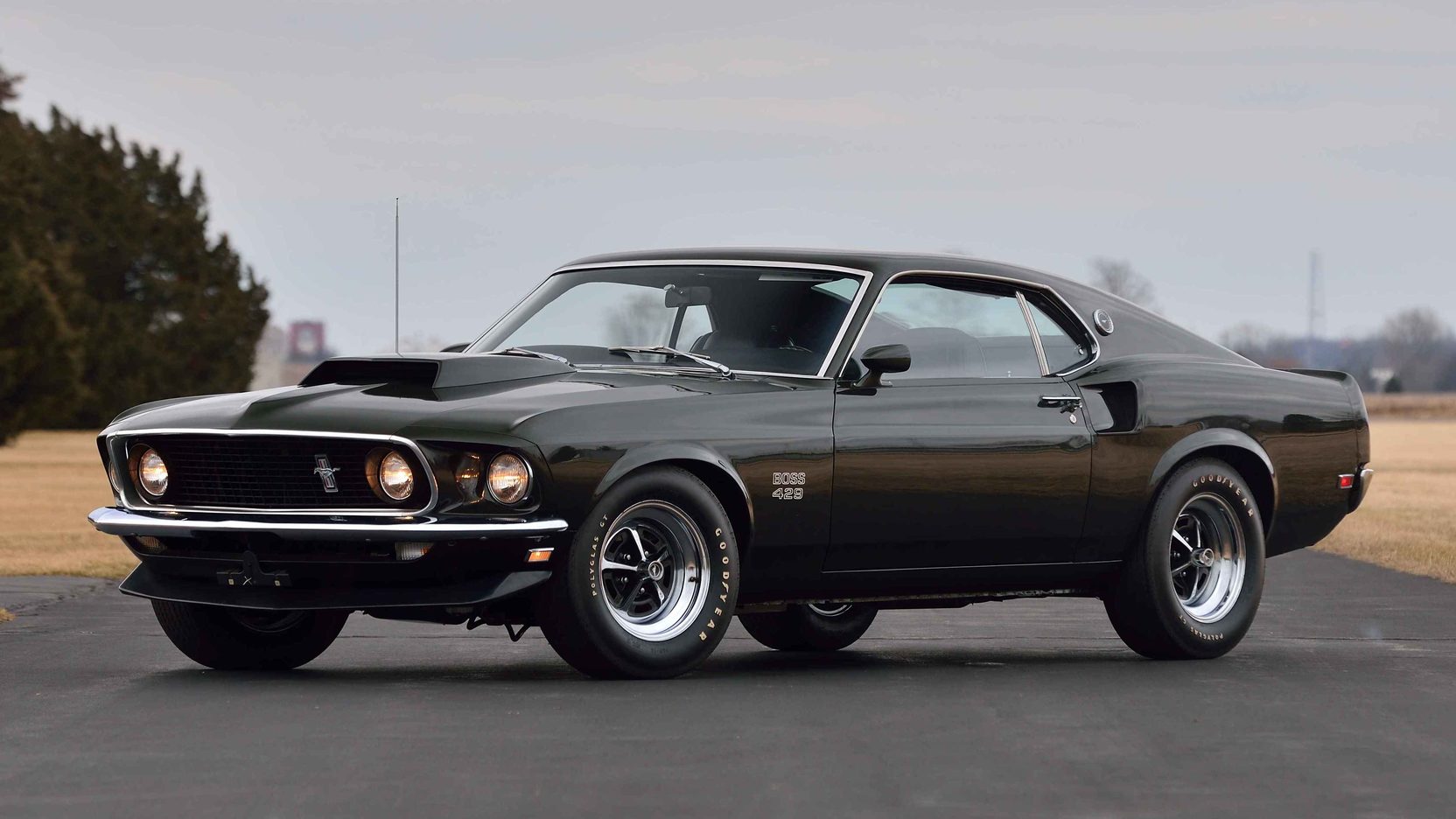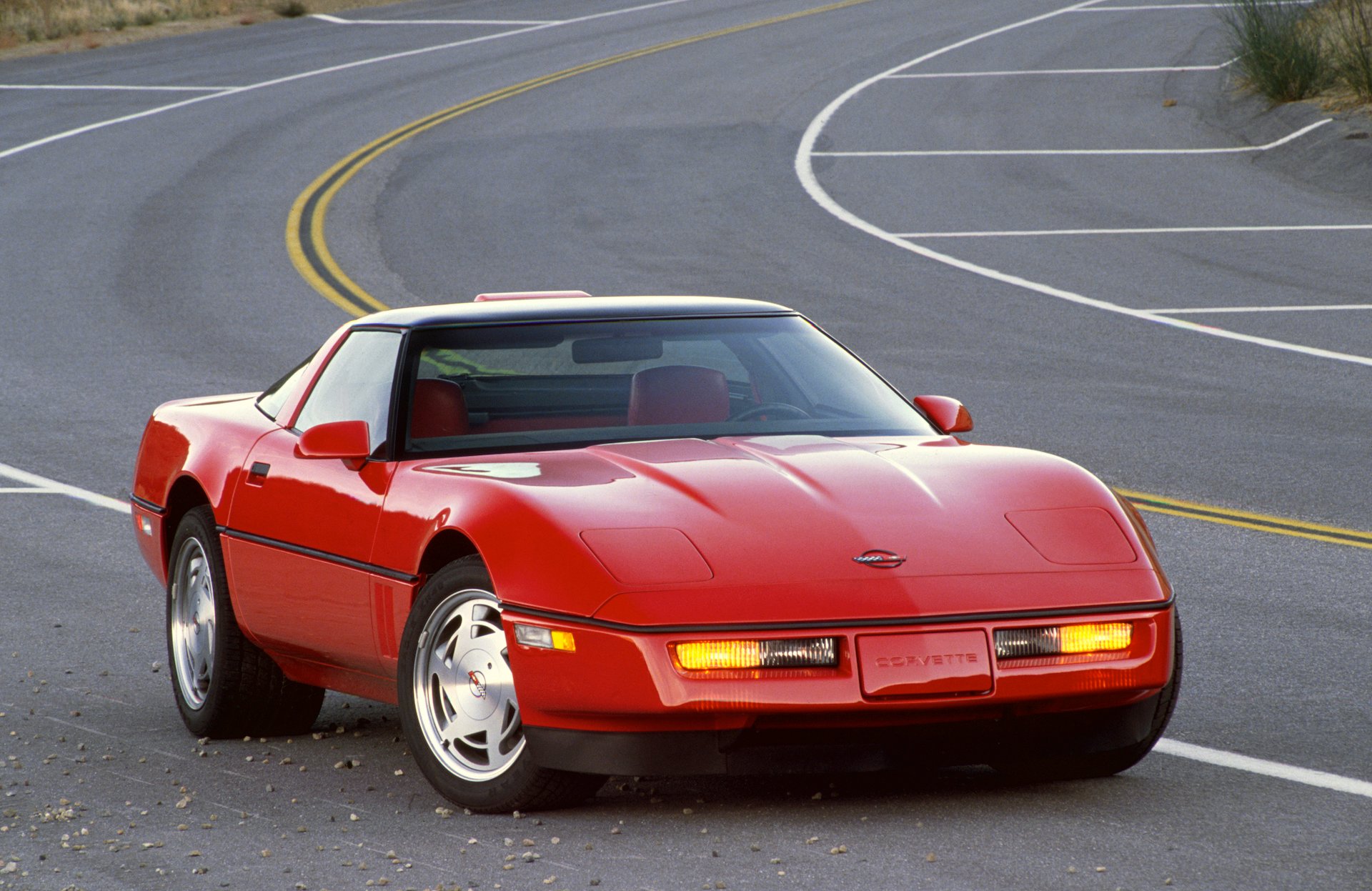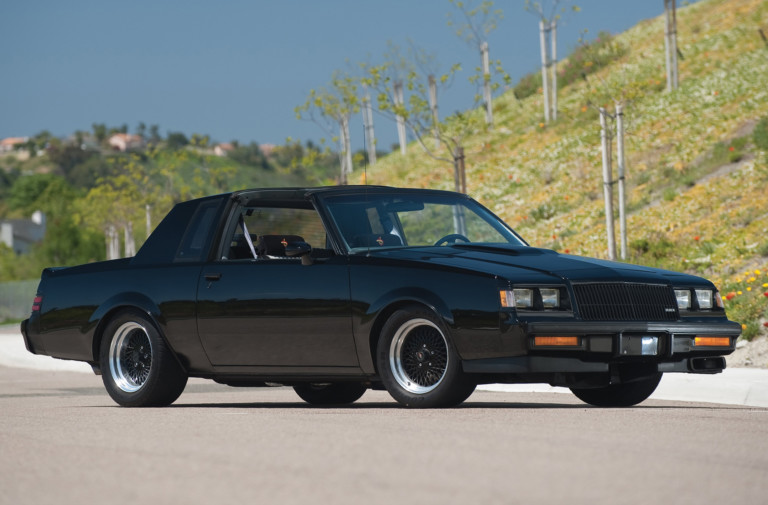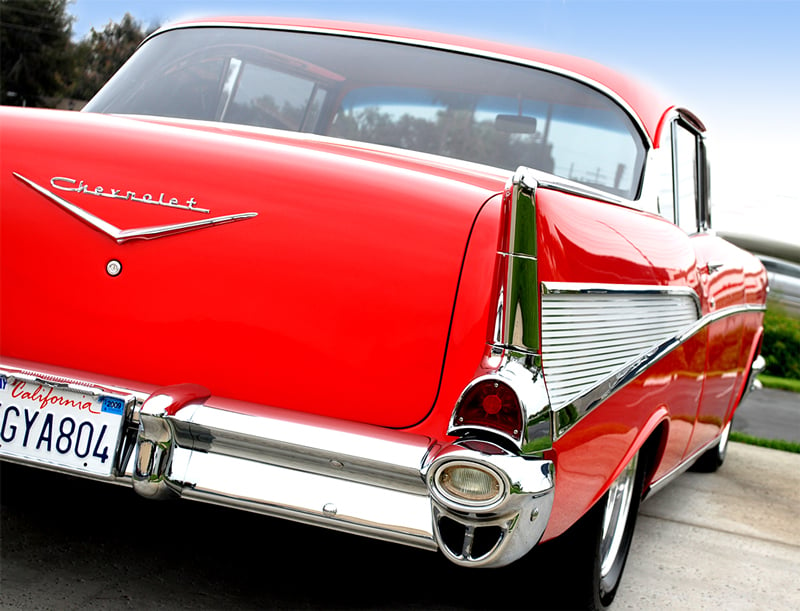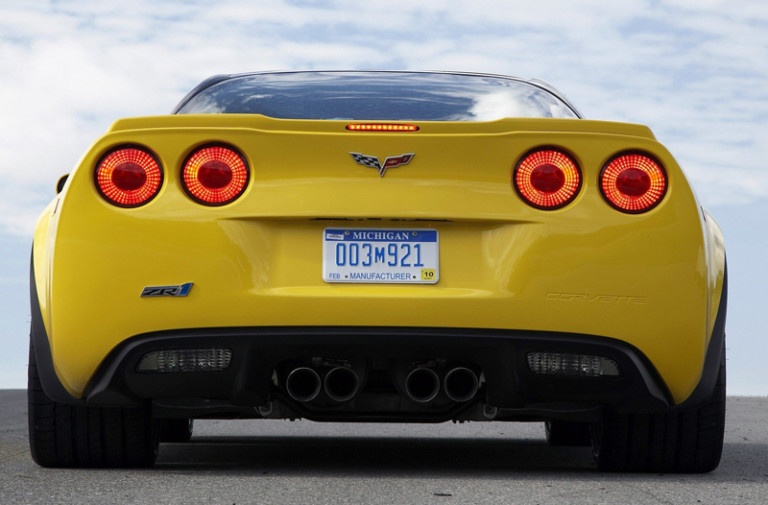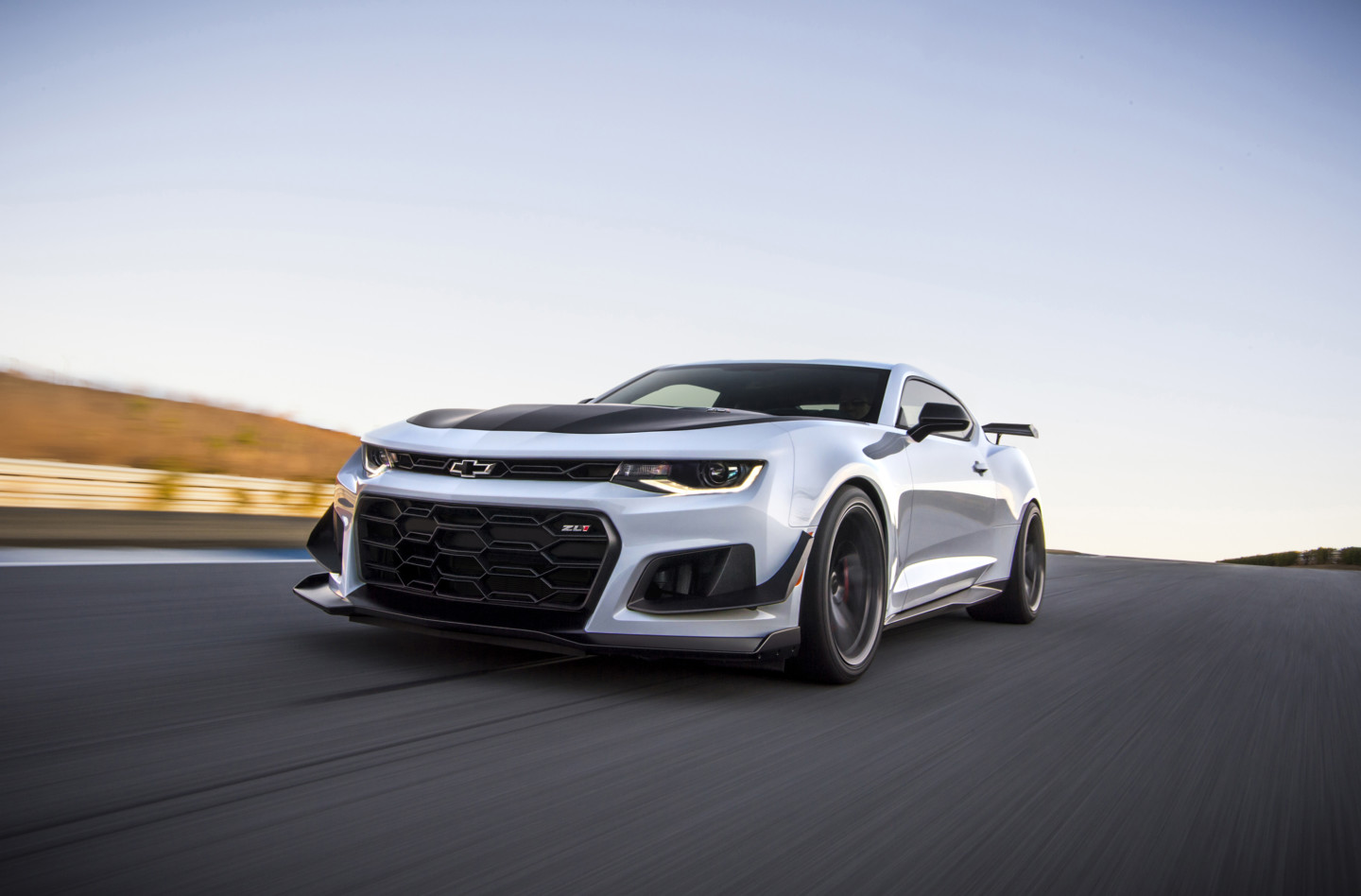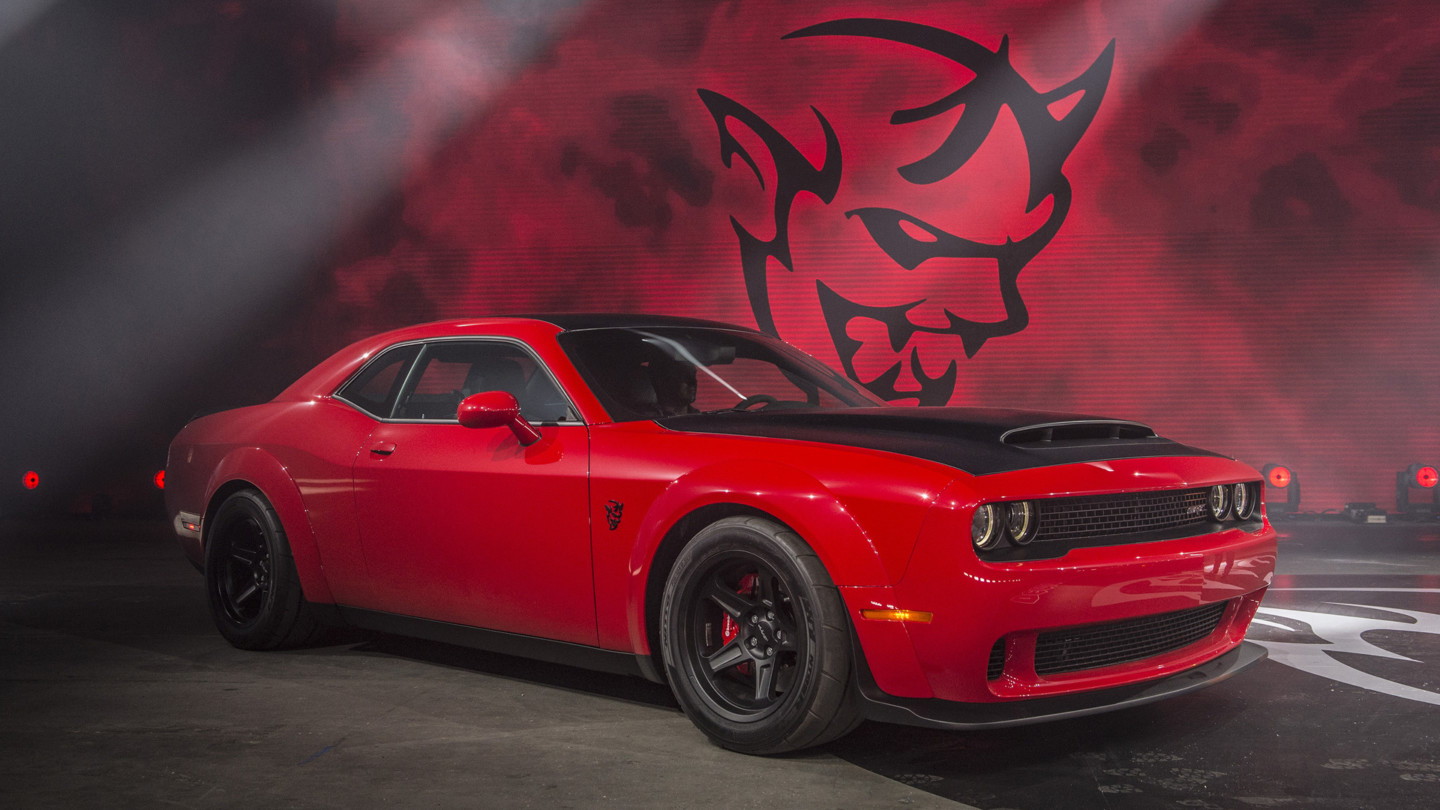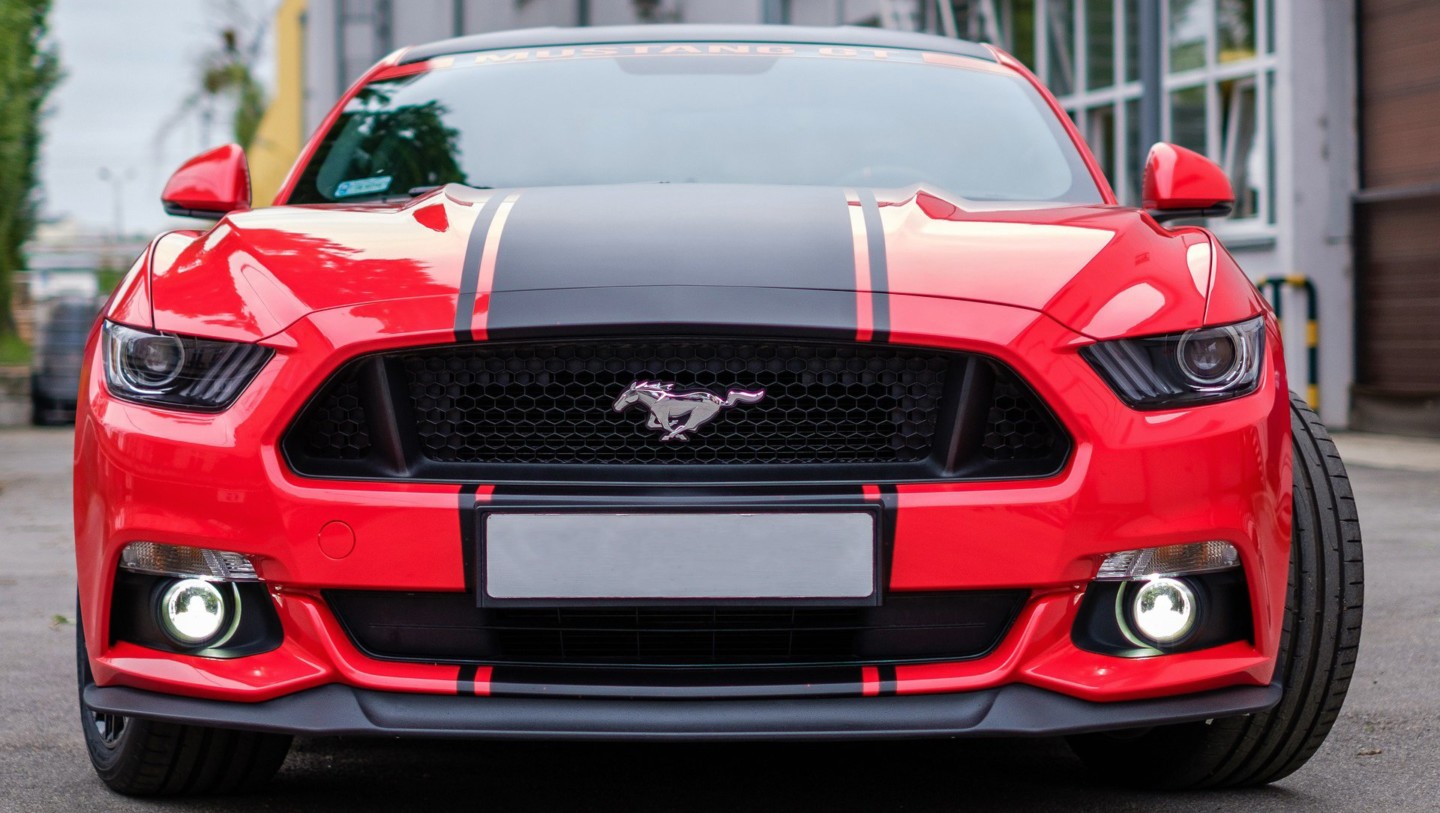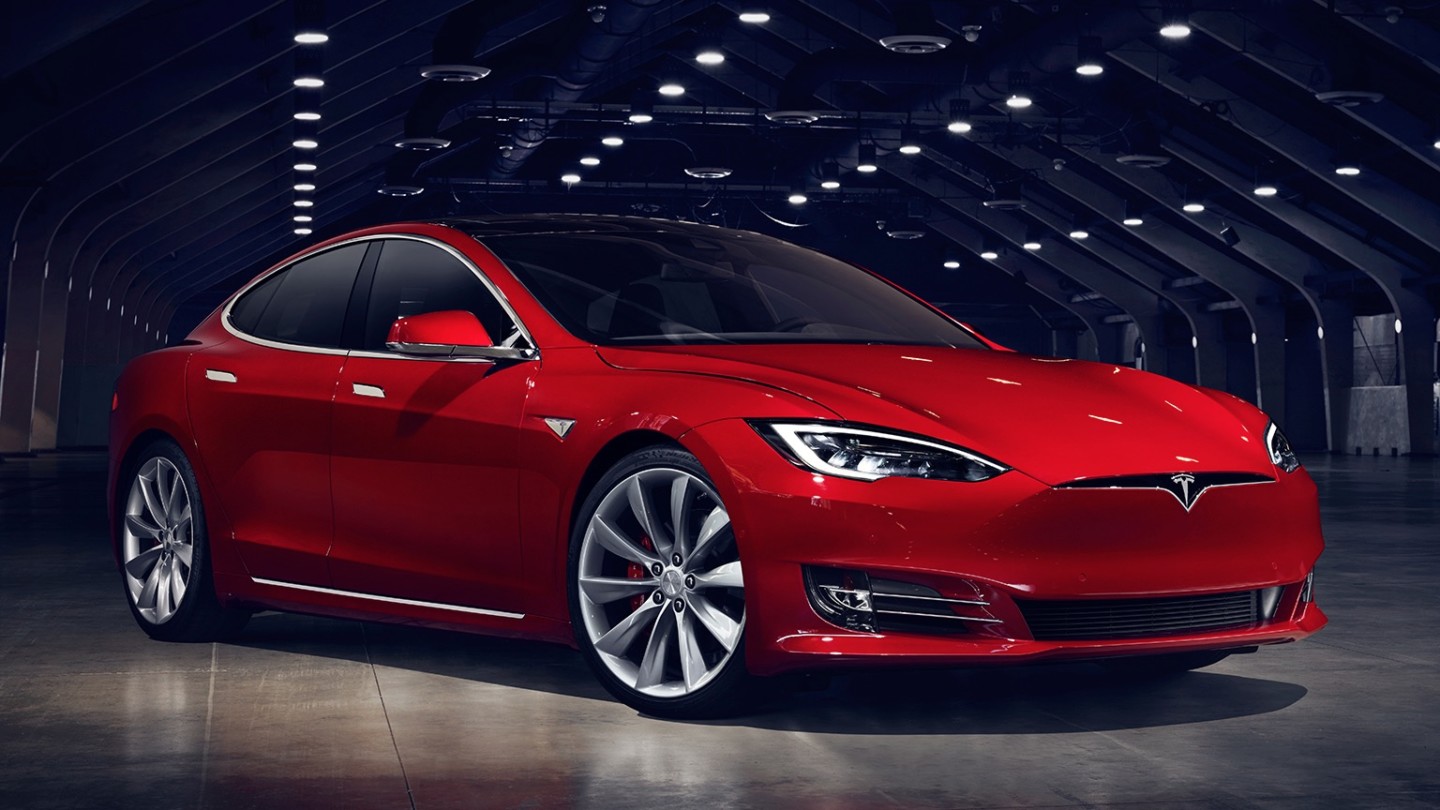Not to use good ‘ole Bill Shakespeare’s profound words so willy-nilly, but they seem appropriate for this piece. So, I was at cars and coffee this last Sunday morning, and I rolled in at around 8:00 a.m. I cruised by a squad of factory-fresh C8 Corvettes in varied colors, wings, and wheel treatments, drawing a crowd. A brand-spanking-new, metallic orange Shelby GT500, with its window sticker still attached, caught my eyes and ears as it maneuvered into a spot. Its exhaust growling, popping, spitting. After a tough week, I felt at ease, and I was definitely in my element.
I could go on and on about the sights, sounds, and smells of the multitude of internally combusted machines slowly and triumphantly entering the venue, eventually numbering in their hundreds. But this is not just a story about what was there, but rather, what was not. For decades now, we’ve been told, countless times, over and over and over again, in Orwellian terms, the destructive nature and effects of the gasoline-powered engine. We’ve been scolded, how science shows us that it’s just a matter of time — some say not much time left at all, before C02-emissions erode the ozone layer, causing our beautiful green and blue planet to meet its untimely demise and all of us along with it.
As car people and enthusiasts, we have been ostracized, shamed, and alienated for not toeing the line when it comes to embracing huge energizers over petrol to propel our vehicles. As a result, dinner conversations have often become heated when one family member, excitedly-describes the visceral allure of his Hellcat while another explains the angelic virtue of a Prius. And yet, I did not see one single Tesla, or other make of alternative-power car, in a row after endless row of machines during the several hours I was present. And this raised a major question for me.
How Did It Come to This?
If you’re reading this, you’re at least vaguely aware of how hot rodding and high-performance began in the U.S. and how it flourished, becoming as accepted an all-American pastime as baseball and as iconic as burger joints and old glory. Although its origins date way back to the heady days of Henry Ford, Henry Leland — the founder of Cadillac and a couple of German dudes named Karl Benz and Gottlieb Daimler — building and tinkering on car engines and modifying them to go faster and perform better, was a pleasant side-effect of World War II.

Millions of young and resilient men returning from overseas were filled with pent-up energy, adrenaline, and a feeling like they just saved the world, because they had. Many found direction, purpose, and release within the fires of internal combustion, the menacing lope of a camshaft or a raspy exhaust note. From California to New York, Michigan to Texas, building, modifying, and racing cars had become an explosion rivaled only by the atomic bomb.
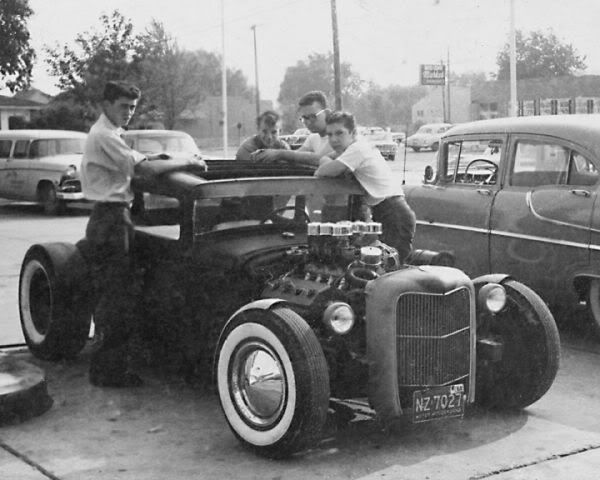
It didn’t take long for the manufacturers to get in on the game, as factory hot rods became increasingly available in the years after the war. By the 1950s, V8 power was becoming the mainstay, and the aftermarket was born to enhance and increase what the big three were putting out. The 1960s saw the birth of the muscle car, with American car makers upping the ante on power and performance to remarkable levels. This civil war of horsepower came to a climax in 1970, with massive, race-bred, 400-plus cubic inch big-block motors from GM, Ford, and Mopar becoming the stuff of legends. And then it was all over.
The early ‘70s brought the first grumblings from environmentalists, and the word “smog” became a common American term. Mind you, I am not belittling or denying the somewhat negative effect of exhaust emissions on our environment. On the contrary, I am simply asking some questions that pertain directly to our beloved hobby. But I digress, back to the backstory. From this point up to the early ’90s, the internal combustion engine, for the most part, was choked, smothered and hampered by emissions equipment, all in an effort to keep our atmosphere fresh and clean. As for engine power and performance, despite a few bright spots, like the ’87 Grand National, ’89 Turbo Trans Am, ’90 ZR1, anemic is a term often used to describe this era.
The message was quite clear and had taken hold within the engine development departments of the American car manufacturers. That message was that after 4.5 billion years, yes, that’s billion, planet Earth was on its way out. Not because of nuclear weapons, famine, great floods, asteroids, earthquakes, volcanoes, piss-poor corrupt political leadership, or even climate change. It was all happening because of the evil intent and consequences of the single-century-old, gasoline-powered, internal combustion engine and the millions of vehicles they were powering, but all was not lost.
Hope springs eternal, and technology would lead the way to a resurgence, the likes of which would astonish the automotive world. By the mid-’90s, with the advent of higher computer functions, electronic fuel injection (EFI) and computer-modulated emissions controls had become standard fare on all new cars from all manufacturers, foreign and domestic. In addition, new technologies like variable valve timing (VVT), active fuel management (AFM) direct injection (DI), and displacement on demand (DOD) would soon enable extremely efficient, low-emissions operation from even the highest-performance gasoline engines. Nature and humankind’s machines had found a way to coexist in harmony, and a new era of increasing automotive performance was ushered in, rivaling anything that had come before.
After surviving the highly advertised and falsely proposed destruction of our gallant species on Y2K,the new century/millennium would see levels of power and performance once reserved for the racing industry or science fiction, equipping many street cars. As the first decade of the 21st century drew to a close, 400-, 500- and 600-plus horsepower factory-built hot rods were commonplace, exhibiting advanced systems of every type, including highly effective, federally-mandated emissions controls. The old days of standing behind a V8 Tri-Five Chevy and smiling while choking on spent fumes were over. Now, you could kneel in subservience at the stainless-steel quad tips of a 638 horsepower supercharged C6 ZR1 Corvette and breathe the air of victory. Not literally, but almost.
The last 10 years have been even more astounding. Carmakers have increased their efforts exponentially in every way. Here in America, the Mopar boys have given us Hellcats and Demons ranging from 707-840 factory-made horsepower, again, all with computer-controlled emissions and capable of getting 22mpg on the highway. The usual high-powered suspects from GM’s Bowtie division and the V-series Cadillacs have continued to wow the world, with naturally-aspirated and force-induced models like the SS, Z06, ZL1, C8, and Blackwing monikers, sporting 495-668 horsepower. And the blue oval’s Mustang ponies have kicked it up from 460 horsepower in GT guise to 760 raging stallions in Shelby GT500 trim. Not to forget or fail to mention the Europeans, Japanese and Korean carmakers all have upped their game and offered high-horsepower cars, with ever-increasingly advanced fuel distribution and emission-control systems. We had done it. We’d won the great car conflagration of our time.
While the car manufacturers had answered the call to duty with a purpose and zeal, it was soon forgotten. Not everyone appreciated these highly efficient factory cars like the V8-loving masses of petrol heads, hot rodder’s, gearheads, and stick-shifting sophisticates that yearn and live to drive, to feel the rush of octane from pedal to pistons. In fact, it’s like the rest of the world doesn’t care. And the endless bark to erase gas-power from our planet and embrace the vibrant volt of battery-powered buzzing has increased to a non-stop and deafening level.
The Great Debate
With this subtitle, it’s unfortunately apparent that the great EV debate is already over. It’s a foregone conclusion that automotive electrification is upon us whether we like it, or need it, or not. Age-old car manufacturers like our beloved General Motors, Ford, Mercedes-Benz, Audi, among others, have made recent, disconcerting announcements about their cessation of internal combustion engine development/production and a steady switch to all-electric power and output by 2030-35. But is that what we the people want?
For over a century, cars have not only represented a necessity in human endeavor, but a luxury, a wanted item, yearned for and, in many ways, strived for. So, yes, it seems a great idea to reduce the emissions of our trucks and trains, which are the heart of our national delivery system and will remain that for decades, perhaps centuries to come. But do we, the people, really want to have battery-powered cars/trucks as our only choice? And what if the proposed saving of the world does not pan out like what we are being sold and told. These are relevant questions, not meant to be confrontational, but begged to be answered.
Fuel for Thought
Even with more cars on the road than ever before in history and with that number growing every day, it seems that according to the EPA, citing a 2014 Intergovernmental Panel on Climate Change (IPCC) report-the transportation sector accounts for around 15-percent of global greenhouse emissions, while electricity and heat production account for 25-percent of (GGE). So, once again, the question arises, do more electric cars and less gas-powered cars mean a cleaner environment and atmosphere, or is the opposite true? There is unlimited data available on this subject, so you can do your research.
There’s something that all the greats of the car design/production world have in common: whether it was Harley Earl, Ferdinand Porsche, Enzo Ferrari, Zora Arkus Duntov, John Z DeLorean, or among a multitude of others, they all were dedicated to bringing the driving and car-buying public what they wanted, not always what it was perceived they needed. That’s not to say that certain types of vehicles came and went through automotive history; for example, the minivan or station wagon giving way to the myriad of crossover SUVs. But for the most part, nothing was forced on us. We still had the choice.
One of those greats and arguably one of the ultimate car guys of our time is Robert Lutz, also known as “Maximum Bob.” A former U.S. marine, Lutz commanded executive stints at BMW and the big three American automakers, going into semi-retirement in 2010 as GM’s Vice Chairman. He is known throughout the car world as one of the de facto fathers of the Dodge Viper and a proponent of all things high-performance. In addition, Bob Lutz is credited with boosting GM’s level of quality control with emulation of Europe’s finest and helping to revive Cadillac, with the launch of the V-Series cars, not to mention pushing the electrified Chevy Volt, among a myriad of other automotive accolades.
Over the last couple of decades, Lutz has not mixed words regarding his thoughts and feelings on climate change and the electrification of the automobile. He has called climate change a “crock of s**t.” He has cited Tesla as a poor business model, offering nothing new in the way of lithium-ion cobalt battery technology that every other carmaker on the planet doesn’t also have. His words and opinions are both blunt and refreshing. He comments further on electric cars in the same March 30, 2017, LA Times interview by Russ Mitchell.
“They are unarguably a ton of fun to drive. The Tesla Model S? The one with ‘ridiculous mode’? Zero to 60 in like 2.2 seconds? That’s got to be like a shot off an aircraft carrier, explained Lutz. “But the mainstream still prefers gasoline. It’s more convenient. You don’t have the recharge time. It has an unlimited range, you can refuel anytime, anyplace. The electric vehicle market is maybe one percent and could go as high as five percent. Surveys show that about five percent of Americans feel so deeply about climate change and the environment that they’re willing to make personal sacrifices as their contribution. Most of them are called Prius owners.”
OK, so there you have it — a definite difference of opinion and set of facts from not just your average Joe/Jane Doe, but from a respected former car company executive with more than half a century of experience and passion for everything automotive. Do we dismiss this? Is Bob Lutz a crackpot because he doesn’t push the climate change theory and admits to being a skeptic of it? He’s been retired for a decade and he doesn’t need to sell cars anymore. Maybe what he says is the way it is. As for the mainstream, I can attest to the accuracy of Mr. Lutz’s two cents. I’m both a part of the mainstream and constantly in close communication with like-minded car-people from all walks of life.
Word on the Street
When I go to a car gathering, it’s not hard to gauge the mood or the crowd’s opinions. We are all car people. In many ways, our vehicles are an extension of ourselves. A person’s personality and persona are very often portrayed directly by their car/truck/motorcycle. The term “you are what you drive” takes on added meaning and significance for car people. It can genuinely be a literal reference.
As an automotive journalist, I’ve engaged in many conversations on the subject of electric cars with countless car guys and gals, and here is what I can share with you. When speaking about the new C8 Corvette, for instance, some ‘Vette enthusiasts scoff at the new mid-engine, Acura NSX-esque iteration of America’s sports car. That mixed opinion, usually a love-it-or-hate-it discussion, has been the case for every generation since the mid-year 1963-67 models. But, those who love it, they really love it. First, they slowly move around the car, explaining with a cat-that-ate-the-canary grin what they like and how clever this or that design cue is. Then, their eyes widen as they appear to be in a sort of trance, working out the possibility of attaining one, somehow, someway, someday.
As mentioned, it is extremely rare to see a Tesla or other electrified steed at one of our gatherings, and this is telltale. Please don’t take this the wrong way or go ahead and take it the wrong way. That’s your right. I don’t consider the electrified crowd as car enthusiasts. I liken them to the same group of tech-lovers who would stand online for days to attain the newest and most advanced cell phone. I will justify and explain my theory and my inflammatory words.
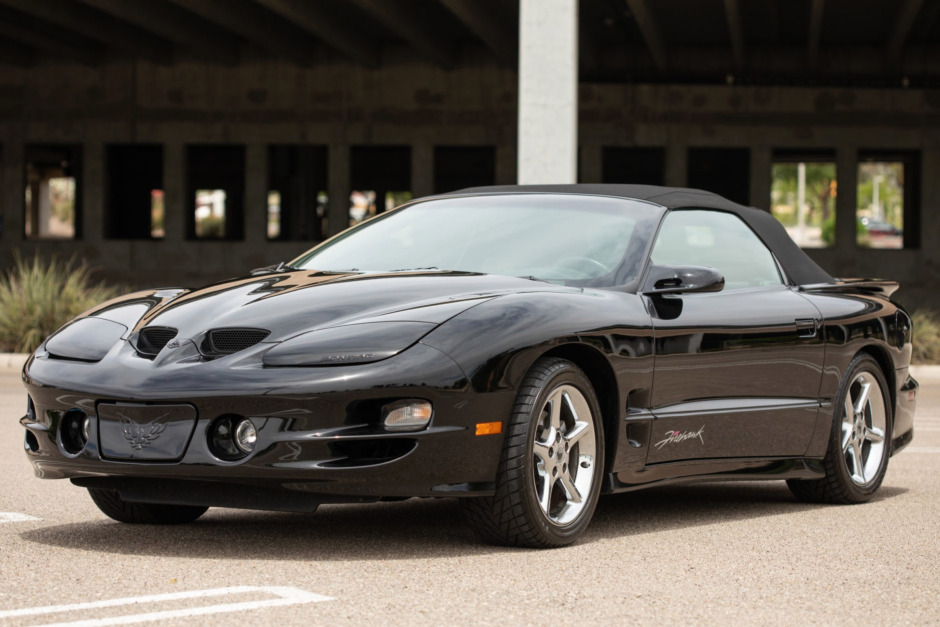
I do remember one time, before the pandemic, last year, when I came upon a Tesla P90 at a Friday night car cruise and park. It was a beautiful hue of burgundy red with a light ash leather interior. It was planted between a ’70 Chevelle SS 396 with an LS2 swap on one side and a fourth-gen SLP Firehawk Trans Am. Curious, I approached for a closer look. I found myself peering at a giant screen on the dash, and not for long. Then I inspected the exterior. Sleek and nice, definitely not ugly, but I felt that physical urge to yawn. Mind you; I am an adult…kinda’. I approached with an open mind and genuine interest. But that interest quickly waned and went dormant as I completed my stroll around Elon’s masterpiece.
I heard a conversation going on at the front of the car. I believe it was the owner of the electrified egg and an onlooker. With my journalist’s ear, I eavesdropped, as I wasn’t in the talking mood. What I heard next really surprised me. It seems that this particular Tesla owner broke the mold of my theory, at least on the surface. You see, I heard him tell the other guy that he has an air-cooled 911 Porsche and a C6 ‘Vette; both can out-handle the Musk-machine hands-down but can’t keep up off the line. So, this guy had at least two other cars. Both of which were iconic representations of great, gas-powered sports cars, one American the other German. He didn’t buy an $80,000 Tesla for its save-the-world status or its zero emissions. He bought it as a novelty. A further addition to his collection. Nothing more, nothing less.
Live and let Live
I know what you’re saying– not all Tesla, Prius, and other electric vehicle owners (along with the two people who purchased a Volt) bought their plug-and-play rides for this reason, and yes, you’re right, and it’s also my point. If you want a fully electric car or a hybrid, you have the choice, and you may have the deep pockets in most cases to buy one. So why do world governments need to pressure car companies into completely dissolving the internal combustion engine when millions upon millions of people still want them? Shouldn’t things continue the way they are, where all of these options exist?
Truth Be Told
If it was really about global warming and saving the world, we should be cutting down on air travel. My deductive information-sourcing has a single Boeing 747 Jumbo Jet Airliner burning 11-tons of fuel an hour when at cruising altitude. This equates to 1-gallon of go-go juice every second, and that’s 30,000-feet up in the atmosphere if you get my drift. At over 5,000 domestic commercial flights every day and a calculated 100,000 globally, with airplanes counted in that 15-20 percent of transportation-related GGE, I can confidently and proudly claim to be in the Bob Lutz camp on this subject.
Electrification-Summation
In a nutshell, the saving of the world should not involve the destruction of an industry based on disputable facts, but especially an industry that has been and remains so significant in our everyday lives, on every continent of our planet. There are way too many questions that have been left unanswered. It’s not as if it will all iron itself out, and we will all embrace the battery and fall in line over time. That’s not the way it’s supposed to work in this country. We are supposed to have choices and be left to make those choices with the best of our knowledge, rationale, and free will.
When it comes to our personal vehicles, let there be gas, hybrid, and fully electric cars. Let that little thing called the open, free-market dictate what gets built and let the consumer dictate what gets bought. And this debate isn’t over by a long shot. We, the petrol-burning car-loving people of the world, will not go silently into the night. We love our planet and our families, just like those who embrace the silent and violent torque of battery-induced acceleration. There is room for us all, and dare I say, our planet Earth will survive.

